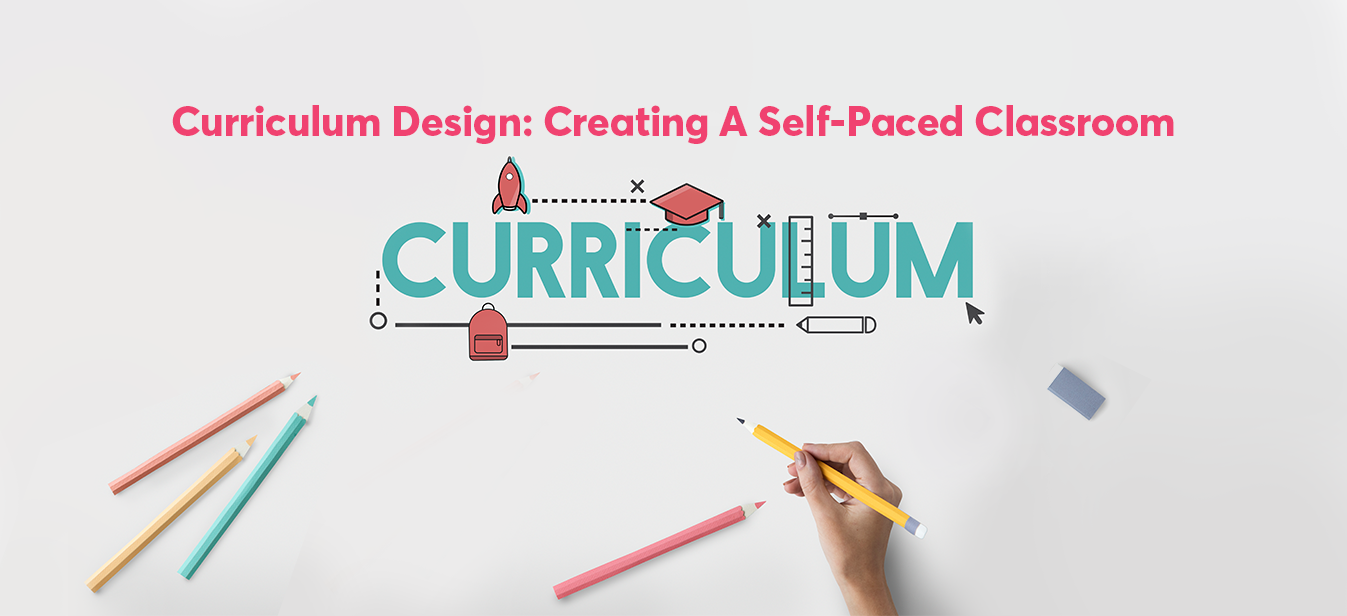Just as all of us are unique in our own ways, so too are our learning requirements and journeys. Simply put, there is no one-size-fits-all approach to educational delivery. With the national debate over standards and “teach to the test” performance at an all-time high, alternative education facilities like self-paced curriculum are needed more than ever.
But questions abound; such as
- How do you create a self-paced curriculum?
- What is individualized instruction?
- How can you incorporate self-paced tasks into your course?
- What are some of the positives and potential challenges of self-paced learning?
These are questions frequently encountered by course designers. After all, it’s essential to design a learning module that allows students to learn seamlessly at their own pace. When children can determine the duration and speed of their learning, it increases their retention of learning, and helps them become motivated to soak up knowledge at a rate that is comfortable for them. However, not all students work at the same pace or have the same motivation level. This is where a self-paced curriculum works best.
So, what is Self-paced Curriculum?
At its core, it is a way to organize students into an interactive learning environment that encourages responsibility and accountability. This form of management creates a different type of energy and activity in the classroom, where each student’s contribution is essential to the learning process. A Forbes study emphasized the importance of self-paced learning, where several schools have adapted this model to make changes in their curriculum.
Below are a few benefits of having a self-paced classroom:
- Students of all ages can find success with a self-study model that caters to the needs of each individual. They can focus their attention on the most relevant material based on personal interest, thus reducing feelings of frustration, anxiety, and boredom in an otherwise rigid classroom environment.
- The self-paced format lets students take responsibility for their learning, construct their study plans, and pursue goals at an independent pace. This keeps the momentum by regularly reviewing the materials and organizing their time.
- Self-directed curriculum allows students to control their learning. Self-directed students benefit from learning-management systems that give them real-time data on test performance, in addition to insights into their strengths and weaknesses.
- Students are inspired to learn more when they can move at their own pace and take control of their learning. They will try new things, take on challenges, and experience new insights.
So to help you create a self-paced curriculum design, keep the following principles in mind:
📍 Keep the Content Simple
The number one reason most students fail to finish an online course successfully is that they get overwhelmed with the amount of content presented. We all want students to take ownership of their learning and use the instructional time constructively. However, overly complex content discourages learning, making it difficult for students to use the site effectively, ultimately doing more harm than good. No matter how great your content is, no one wants to navigate a mindless maze just to get to what they need. These four things can help you avoid this pitfall:
- When designing your online curriculum, it’s essential to keep the navigation as simple and streamlined as possible.
- Don’t add more information than is necessary. Keep it simple by giving one instruction at a time.
- Reduce the need for students to click or scroll by embedding content into each screen to avoid distractions.
- To keep students on track, keep your directions short and precise.
📍 Keep the Content Organized
If you have been teaching for a while, the chances are that you have encountered students who haven’t followed your instructions. They ended up confused about assignments and learning material, and often frustrated that they could not locate what they needed.
One way of resolving this is better organization. Whether you’re a high school teacher, college professor or home tutor, you’ll want to keep your important material organized and easily accessible. For instance, label file folders with the course name and number, and save lesson plans in labelled files on your computer desktop. Course organization should not be an afterthought — or worse, a quick fix at the end of a development project when it becomes clear the course still lacks structure. Instead, course organizations should be part of the development process, not just a “fix-it” final check.
📍 Give Clear and Consistent Directions
Students need a road-map to help them accomplish the task at hand and reach the final destination. Good communication practices make it easier for students to know how to find their directions and expectations. Many teachers wait too long to begin setting classroom expectations and communicating how the classroom functions.
It can be challenging for students to adjust if you randomly tell them what is expected behaviour in a classroom and what happens if the homework assignments are not clearly posted or explained. Provide your students with well-written lessons, activities, and projects. Instruct them in sound techniques of research and grammar. Students must learn to respect deadlines and follow directions.
At Square Panda India, our team of experts develop adaptive, self-paced curriculum that joyfully engages children throughout their learning journey. Our programs are tailored to deliver improved learning outcomes that can be measured and provide a more holistic educational experience. To learn more, visit our website – ecce.squarepanda.in

